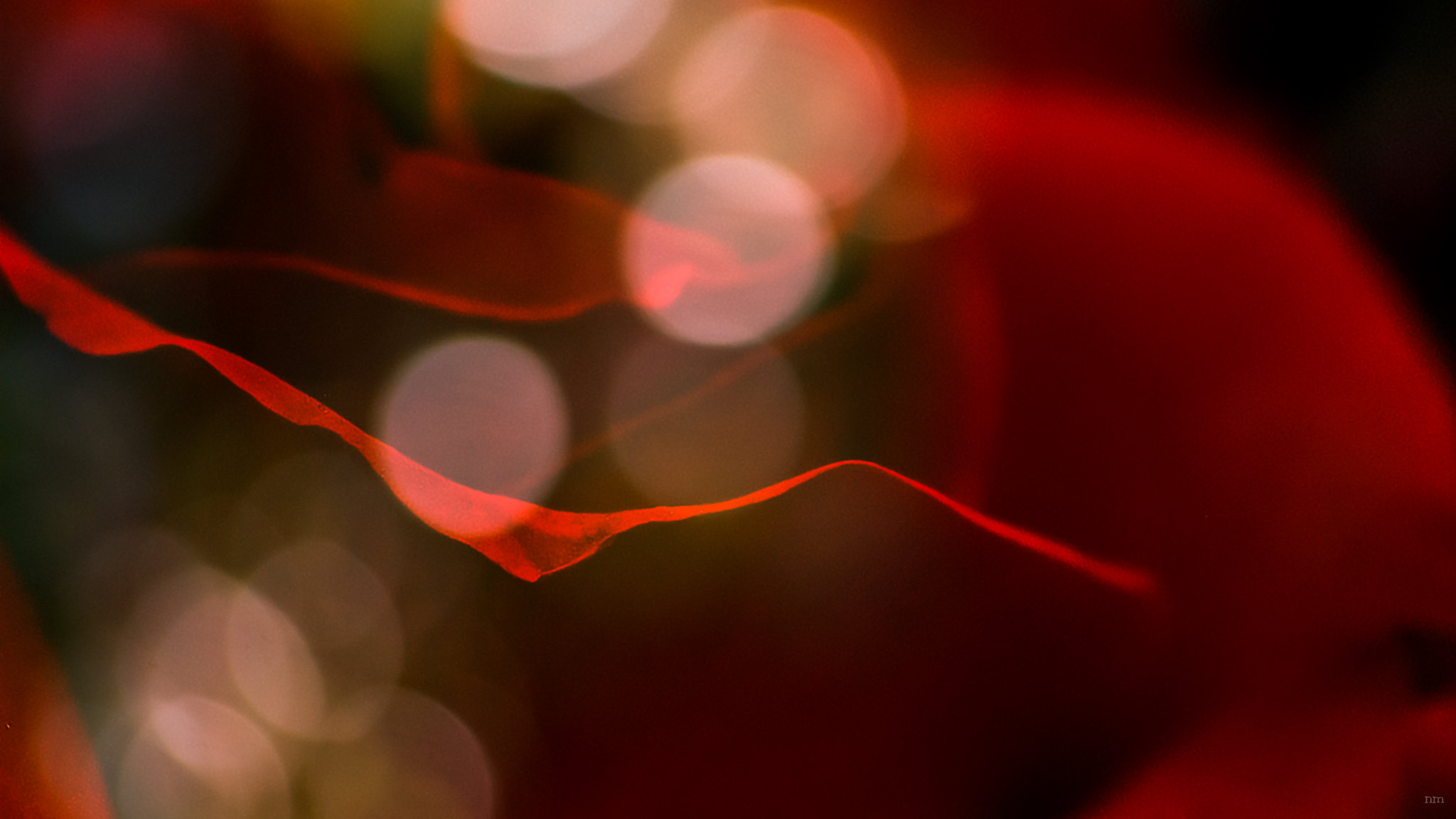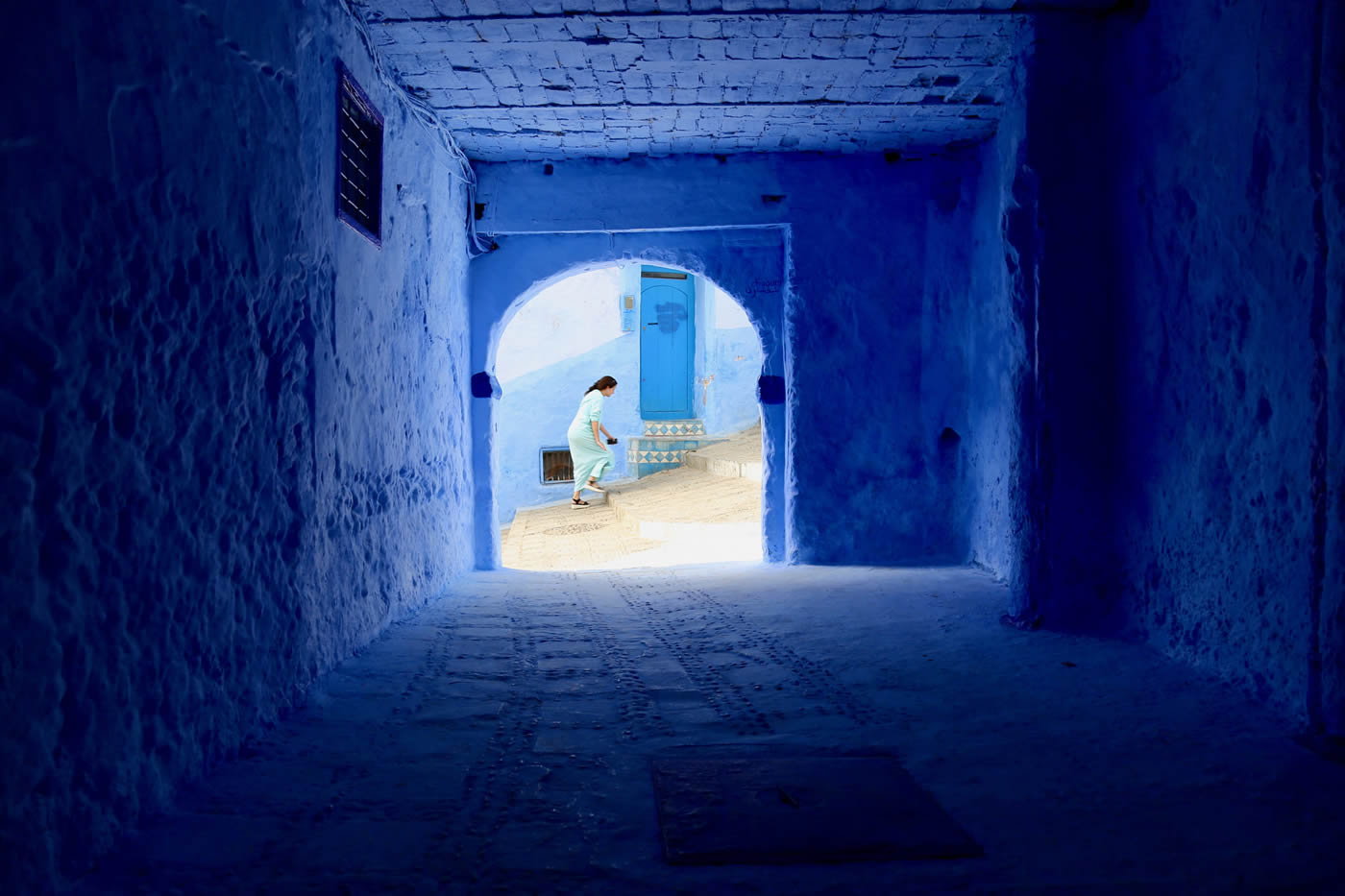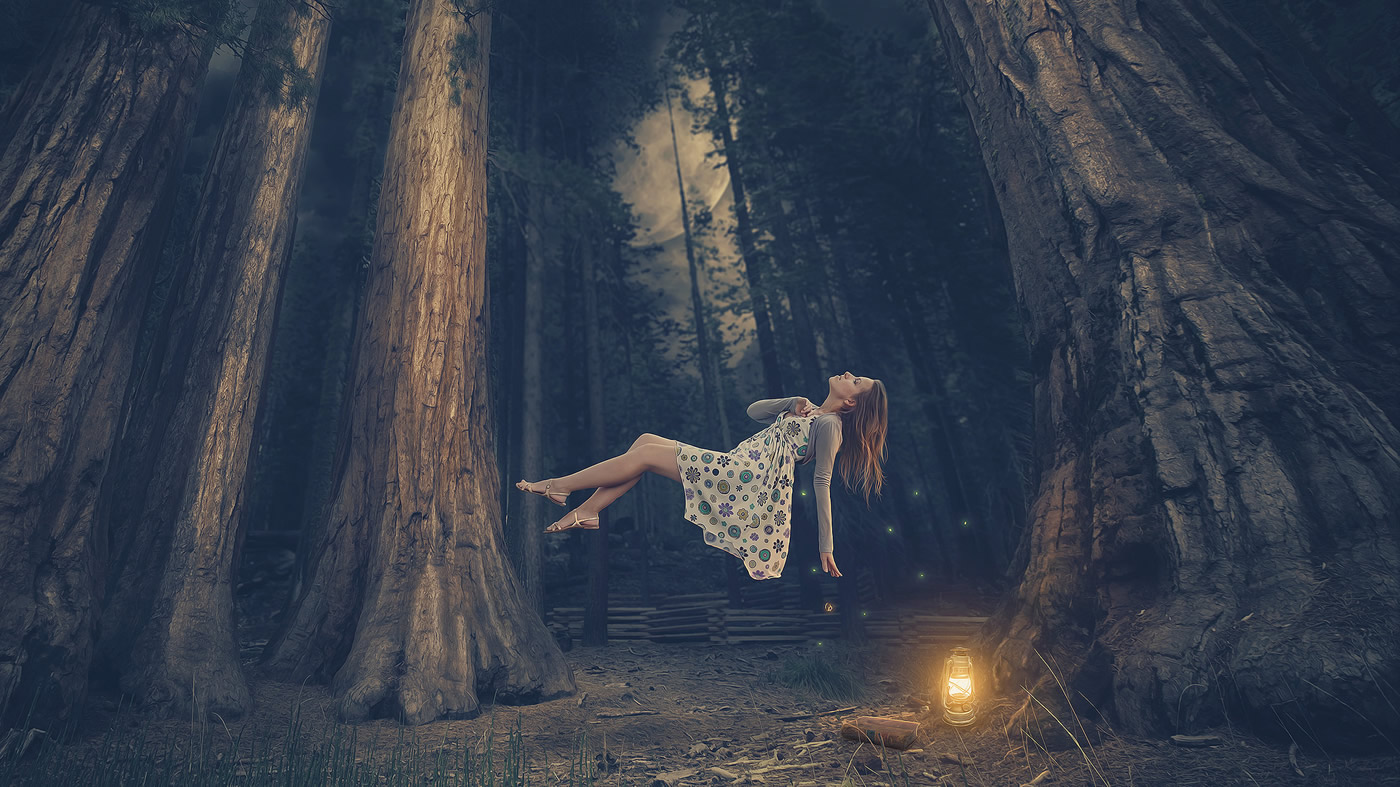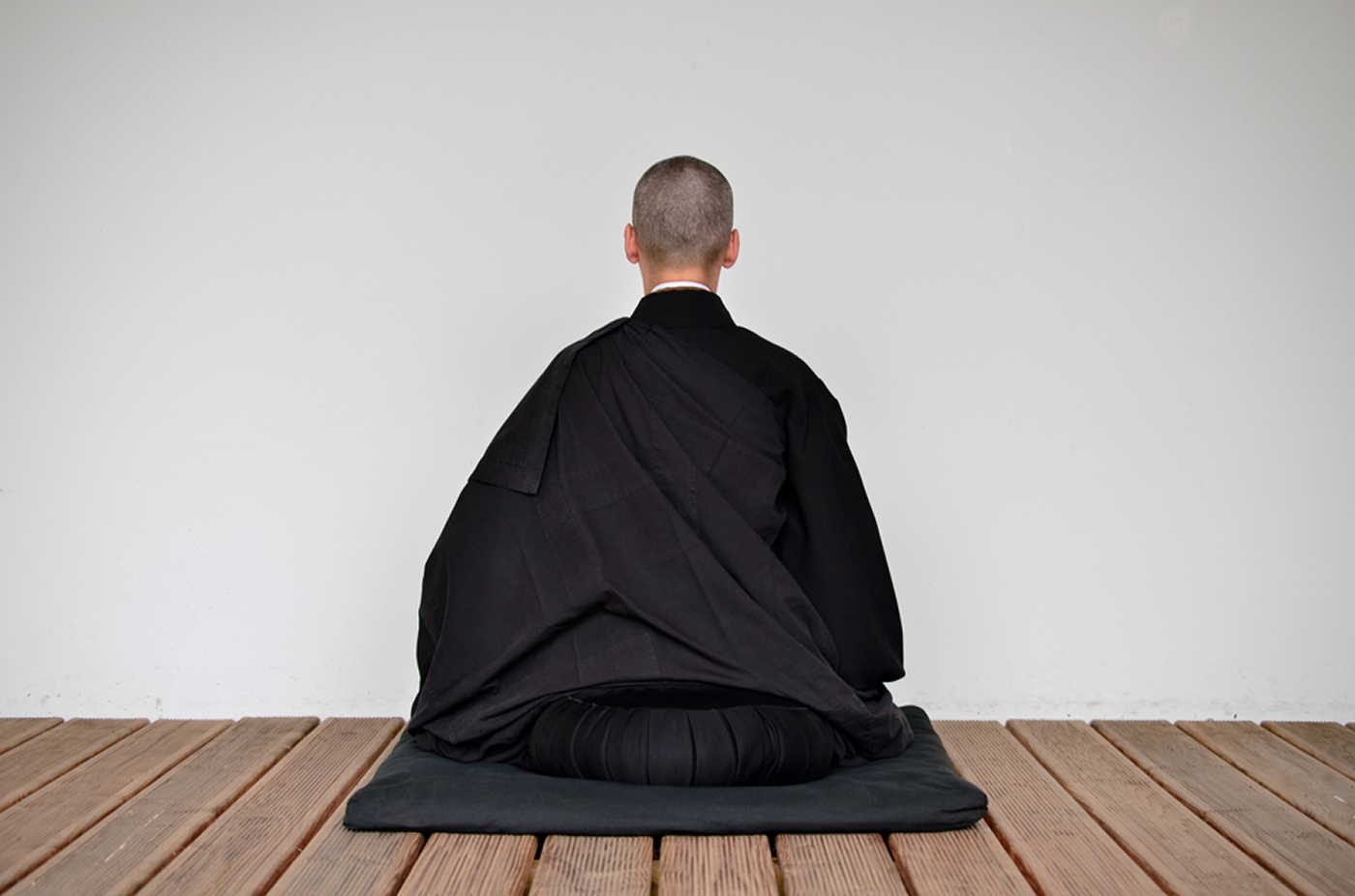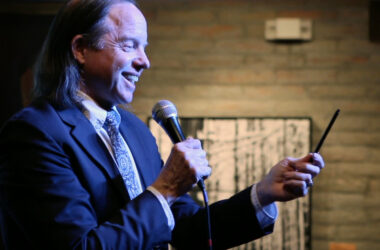Class 10: Dead End Beginning
[su_icon icon=”icon: link” color=”#ff1259″ size=”20″ shape_size=”12″ url=”https://youtu.be/zlMcuKv03bE?t=7s” target=”blank”]Video[/su_icon]Hi, welcome back to the Wheel of Life online retreat. I’m happy that Stanley is translating for me again. Thank you. The name of this session is “Dead End Beginning.” “Dead end” means “blocked way.” So the picture you see here is an alleyway, a narrow street, and somebody built a wall there and you can’t go any further.
This whole class is going to be about “how it is that you take rebirth?” And then about halfway through the class, we’re going to switch horses and go in a different way. sumpa kye si du nying tsam jor tsul ni (GSUM PA SKYE SRID DU NYING MTSAMS SBYOR TSUL NI). Here’s the third section about “how is it that we have such trouble in this life?”
nying tsam jor (NYING MTSAMS SBYOR) here is an interesting idiom. It means how do we make the “crossing into a new life,” like crossing a river into a new country. ngel kye la tsun na (MNGAL SKYES LA MTSON NA). So there are different ways to take birth, like egg, warmth and moisture (like mosquitoes), miraculous birth (like Padmasambhava), but we can say standard birth for people like us. It’s called ngel kye (MNGAL SKYES). ngel kye means to be “born in a womb” of a woman, and here’s how it happens.
You can find good descriptions in the Vinaya scriptures, because they are discussing “when does the person start?”, and Buddhism says that there is a living being at the moment of conception. pa may ku trak la pa ma (PHA MA’I KHU KHRAG LA PHA MA) nelpo chepar tong (NYAL PO BYED PAR MTHONG)—So it’s kind of a hallucination, and the bardo (BAR DO)—spirit-being, they enter the womb and the mother’s menstrual blood and the father’s semen is there, and they have this hallucination where they actually see their father and their mother having sex. And they’re like, “Oh, what’s that? It looks very, very fun.” And so they come closer and closer, and there’s a tradition here that says they’re chak dang gi gyuk (CHAGS SDANG GIS RGYUGS).
gyuk (RGYUGS) means they “hurry” to that place, and then they have different emotions and the one I remember my teacher describing is called chak dang (CHAGS SDANG). chak dang means “attracted and repulsed.” chak (CHAGS) means … if the bardo being, for example, is going to be a male, then they see sex going on and like all males, they’re like, “Wow, what’s that? What’s that?” Then they see their father having the sex and they feel competition or something.
[su_icon icon=”icon: link” color=”#ff1259″ size=”20″ shape_size=”12″ url=”https://youtu.be/zlMcuKv03bE?t=5m28s” target=”blank”]Video[/su_icon]But anyway, they’re attracted by the sexual act that they think they see, then they get stuck in the blood and the semen, and they get frustrated and upset, kong tru shi te (KHONG KHROS SHI STE)—they die from their bardo existence with a feeling of kind of upset and angry. And then kye di du nying tsam jor—they make the crossing into the new life, in that feeling.
de dak gi lam rim dringpo dang, de nyur (DE DAG GIS LAM RIM ‘BRING PO DANG, BDE MYUR) ne jungwa tar (NAS ‘BYUNG BA LTAR) kun jung korway juk rim sampa (KUN ‘BYUNG ‘KHOR BA’I ‘JUG RIM BSAM PA) All of this section that I’ve described to you so far, and in this retreat, this is the contemplation on the truth of the source of suffering. We discussed negative emotions in the last retreat. We discussed the karma those negative emotions cause you to make. And then we’ve described how that karma forces you into death, into bardo, and into a new life.
This whole presentation of how we get in trouble with this life is based on some famous lam rim (LAM RIM) books. In general, there are eight famous lam rims, and actually this lam rim, which is a ninth one. In this one, Pabongka Rinpoche, in the 1920s when he taught it, used all eight of those other lam rims. And at this point in his lecture, he says this whole description that we’ve had in this retreat so far is based on the middle length lam rim of Je Tsongkapa, on the “Path of Bliss” of the First Panchen Lama, and it’s based on the book called “Quick Path,” which is by His Holiness the Second Panchen Lama.
[su_icon icon=”icon: link” color=”#ff1259″ size=”20″ shape_size=”12″ url=”https://youtu.be/zlMcuKv03bE?t=9m06s” target=”blank”]Video[/su_icon]da ni lam rim de nyur gyi sa che du mi sel shing (DA NI LAM RIM BDE MYUR GYI SA BCAD DU MI GSAL ZHING) But let’s turn to a different presentation, which you don’t really see clearly in those lam rims. Let’s turn to the presentation of this subject of how lousy this life is as it was presented in the great lam rim of Tsongkhapa. Which outline does Tsongkhapa use in his very, very famous “The Great Book on the Steps of the Path” to describe how we get into this trouble, how we get into this life?
And in Tsongkhapa’s “Great Book on the Steps of the Path,” he uses the teaching of the twelve links of dependence. And we can kind of follow another book called jam pel shel lung (‘JAM DPAL ZHAL LUNG), which is called “The Word of the Gentle One,” “The Word of Manjushri.” This lam rim was written by His Holiness the Fifth Dalai Lama. sa che tsam shuwa la (SA BCAD TZAM ZHU BA LA)—I’m just going to give you the outline and we’re not going to go into much detail.
So we’re actually going to move now to discussing how the trouble starts, but this time we’re going to use the Wheel of Life. And let’s go back to the text. de tar kun jung korway juk rim sam tsul dupa che na (DE LTAR KUN ‘BYUNG ‘KHOR BA’I ‘JUG RIM BSAM TSUL BSDUS PA BYED NA)
[su_icon icon=”icon: link” color=”#ff1259″ size=”20″ shape_size=”12″ url=”https://youtu.be/zlMcuKv03bE?t=11m31s” target=”blank”]Video[/su_icon]ngar shepa de chok mu (SNGAR BSHAD PA DES CHOG MOD)—Look, you can give this explanation of how we get into samsara based on that method we used up until now. un kyang tsennyi kyi shung la jangpa songwa sok kyi (‘ON KYANG MTSAN NYID KYI GZHUNG LA SBYANGS PA SONG BA SOGS KYIS)—But I know there’s people in the audience today—and same with you—who are interested in the great classics of Buddhism.
And that’s kind of the emphasis of our group. We like to take the time to go deeper and deeper, and we go into the classics. And here Pabongka Rinpoche says, “If you’re that kind of person who wants to go deeper …” gangsak gi kyepar gashik la di lek te (GANG ZAG GI KHYAD PAR ‘GA’ ZHIG LA ‘DI LEGS TE)—for those kind of special people, “it would be better to give them the twelve links.” And then he jumps horses, and he starts to teach the whole system of how we get into trouble in this life based on this ancient teaching of the Wheel of Life.
[su_icon icon=”icon: link” color=”#ff1259″ size=”20″ shape_size=”12″ url=”https://youtu.be/zlMcuKv03bE?t=13m22s” target=”blank”]Video[/su_icon]So first he mentions a little bit about the history of the Wheel of Life. ngun yul u kyi gyel pu (SNGON YUL DBUS KYI RGYAL POS)—Once upon a time long ago, the king of central India—and he doesn’t say that king’s name, but we know it was a king named Bimbisara. He sent a gift to ta kob kyi gyelpo (MTHA’ ‘KHOB KYI RGYAL PO) means “to a king who was living in the outlying parts of India,” not the center of India. That king’s name was Udrayana—sometimes they say with Utriana—and Udrayana had sent a very valuable gift to Bimbisara. Udrayana first sent a very valuable gift to Bimbisara.
As I remember, it was a special suit of armor. And then Bimbisara couldn’t decide on something more expensive to send back. So it ended up he asked Lord Buddha, and Lord Buddha directed the painting of the Wheel of Life. And I’ve been studying that for many years and I think we translated … we made a book about it thirty years ago, and we illustrated the book with some line drawings that we made based on the ancient stone carvings in Borobudur, in Indonesia.
[su_icon icon=”icon: link” color=”#ff1259″ size=”20″ shape_size=”12″ url=”https://youtu.be/zlMcuKv03bE?t=15m58s” target=”blank”]Video[/su_icon]And you can see here an image, there’s a elephant and on top of the elephant there’s a guy, and the guy has a box in his hands, and he’s delivering this gift from Bimbisara to King Udrayana. And we translated that story. It’s called “King Udrayana and the Wheel of Life. kyo she kyepay rab (SKYO SHAS SKYES PA’I RABS) means there’s a recorded history of how Udrayana, when he saw the painting of the twelve links, got kyo she (SKYO SHAS). kyo she means “Ah, this life is so much suffering.”
So Pabongka Rinpoche says, “Let’s follow those same twelve links and see if we can get the same kind of feeling about ‘Ah man, this life is all suffering.” Then we will want to get out. And that’s the goal of this section of the lam rim. He also says: geshe puchungway tendrel la lojong dze ching diy go ne kye bu chung dring la tri tsul sung (DGE BSHES PHU CHUNG BAS RTEN ‘BREL LA BLO SBYONG MDZAD CING ‘DI’I SGO NAS SKYES BU CHUNG ‘BRING LA ‘KHRID TSUL GSUNGS)—Pabongka Rinpoche, in his lecture, also described how we could develop these attitudes based on a teaching by Geshe Puchungwa.
This geshe lived a thousand years ago and he wrote a book about dependence, and so we’re going to move on to this teaching of dependence. Here you can see the whole Wheel of Life painting that was presented to King Udrayana by King Bimbisara. I’ve studied… there are a few other sutras where Buddha sends this painting to people. Sometimes he sends it to people who would not be able to read a sutra if he sent them a sutra, and those are beautiful stories that you should study sometime.
[su_icon icon=”icon: link” color=”#ff1259″ size=”20″ shape_size=”12″ url=”https://youtu.be/zlMcuKv03bE?t=19m15s” target=”blank”]Video[/su_icon]Now there’s a difference between the Wheel of Life and the twelve links. The Wheel of Life includes the teaching on the twelve links, and here you see a separation of the isolation of the twelve links—the circle with the twelve links. So, technically that teaching on these twelve links was presented separately from the Wheel, also. We’re going to go back to the text now.
dir yang kyowa shuk drakpa sok kyi chir (‘DIR YANG SKYO BA SHUGS DRAG PA SOGS KYI PHYIR)—So to try to give us the same feeling of being discouraged with this life. tru ne (SPROS NAS)—we’re going to start with that as a goal, and we’re going to go into a new subject with that goal. We’re going to use tendrel yanlak chu nyi kyi go ne (RTEN ‘BREL YAN LAG BCU GNYIS KYI SGO NAS)—we are going to use the twelve links kun jung korway nye mik sampa te (KUN ‘BYUNG ‘KHOR BA’I NYES DMIGS BSAM PA STE)—to do our new contemplation about how terrible this life is and how we got into this trouble.
Now, one of the great sources for these twelve links is a teaching by Lord Buddha. In Tibetan, it is called sa lu jangpay do (SA LU LJANG PA’I MDO), which you see here. And in Sanskrit, that’s Shalistambha Sutra, which means “The Sutra about a Sprout of Rice.” He says, “That’s really where this idea of the twelve links started out. You should read that.” Then he quotes that sutra briefly:
de yang, di yupay di jung, di kye pay di kyewa (DE YANG, ‘DI YOD PAS ‘DI ‘BYUNG, ‘DI SKYES PAS ‘DI SKYE BA). Okay, very famous. In that sutra, Lord Buddha starts the discussion by saying, “If this is here, then this is going to be here, then this is going to happen. And if this thing starts, then this thing is going to start.” “And the whole trouble starts with misunderstanding the world, and then we start to make karma.” Et cetera, et cetera. He doesn’t say more from the sutra.
[su_icon icon=”icon: link” color=”#ff1259″ size=”20″ shape_size=”12″ url=”https://youtu.be/zlMcuKv03bE?t=22m52s” target=”blank”]Video[/su_icon]But I really like that sutra, so I’m going to inject a little bit of the sutra in today’s session. It’s going to make the session a little longer and I don’t care. So just be patient, and this is fun, and we’re going to go deeper, that’s the way we’re doing the Steps on the Path. I like the first paragraph or two of that sutra and I’ve included it in the reading for you.
di la chomden de chukyi dakpa tamche kenpay (‘DI LA BCOM LDAN ‘DAS CHOS KYI BDAGS PO THAMS CAD MKHYEN PAS)—Now, because the Buddha knows everything that there is in the whole universe, he said to the monks who came to the teaching, gelong dak (DGE SLONG DAG)—”Hey, you monks!” su ten ching drelwar jungwa tongwa de chu tong go (SUS RTEN CING ‘BREL BAR ‘BYUNG BA MTHONG BA DES CHOS MTHONG NGO)—”Anyone who sees that things happen in dependence on each other, the person who understands dependence understands my Dharma.”
“And anyone who understands..” sorry, let’s put it this way—”Any person who sees that things work in dependence on each other, then that person sees the real Dharma. And if a person sees that real Dharma”—dependence—”then they saw the Buddha.” So who said that? The Buddha. Okay? “If you see how things depend on each other, then you saw my true Dharma. And if you see my true Dharma then you actually saw me.”
ten ching drelwar jungwa gang she na (RTEN CING ‘BREL BAR ‘BYUNG BA GANG ZHE NA)—So of course the monks all say, “Oh, what’s this dependence thing? We want to see, we want to see!” ten chin drelwar jungwa gang she na—”But what is dependence?” Who’s talking? Buddha. ten chin drelwar jungwa she jawa ni (RTEN CING ‘BREL BAR ‘BYUNG BA ZHES BYA BA NI)—”You want to know what dependence is?” di ta te (‘DI LTA STE)—”Well, here’s how it is.” di yupay di jung (‘DI YOD PAS ‘DI ‘BYUNG)—”If this happens, this happens.” de kyepay chir di kye (‘DI SKYES PA’I PHYIR ‘DI SKYE)—”And if this starts, than that is going to start.”
[su_icon icon=”icon: link” color=”#ff1259″ size=”20″ shape_size=”12″ url=”https://youtu.be/zlMcuKv03bE?t=26m14s” target=”blank”]Video[/su_icon]Okay, and then they are like, “What do you mean?” “Look, if you don’t understand the world—if you misunderstand the world—then you’re going to make karma. If you make karma, you make awareness. If you make awareness, you make body and mind. If you make body and mind, you make the six doors of sense. If you have the six doors of sense, you make contact with the outside world.
If you make contact with the outside world, then you’re going to feel feelings. If you feel feelings, then desire is going to start. If desire starts, desire is going to grow. If desire grows, you will be born. And if you are born, you must get old and you must die. And you will suffer, you will cry out in pain, more and more pain in your life, and more and more sadness in your heart, and then truly chaos. This whole life is a mountain of pain.”
Then I think everybody’s like … you can feel the monks are sitting there going … And I think automatically everyone in the room, or everyone in the field, they think, “Well, can we do anything about it?” Buddha is like … “No problem.” ma rikpa gakpay duje gak (MA RIG PA ‘GAGS PAS ‘DU BYED ‘GAG)—”If you stop misunderstanding your world, you won’t make this bad karma anymore. If you don’t make karma anymore, you don’t have this negative awareness that we have. If you don’t have that kind of awareness, you’re not going to pick up a painful body and mind inside your mom.
If you stop that mortal body and mind inside your mom, you’re not going to have the sense organs. Those painful sense organs. If you can stop them, then you don’t make painful contact with the world. If you stop painful contact with the world, then you stop painful feelings. If you stop those feelings, you will stop the beginning of desire. If you stop the beginning of desire, you will stop the more deep kinds of desire. If you stop that advanced desire, then you won’t trigger the karma at death,” which we’ve been talking about.
[su_icon icon=”icon: link” color=”#ff1259″ size=”20″ shape_size=”12″ url=”https://youtu.be/zlMcuKv03bE?t=30m26s” target=”blank”]Video[/su_icon]By the way, I think I forgot to mention that link before, just now … I didn’t mention that one, but your karma is triggered. “If you stop how the karma is triggered, then you can stop having these deadly rebirths. If you stop these deadly rebirths, then no more aging and death, in the old way. No more sadness. No more crying out in pain. No more physical pain. No more mental pain. And no more of the chaos of this life. And that’s how you stop this big mountain of suffering.” And this concludes the statement, the first big statement, by Lord Buddha of the twelve links.
Now last thing before we stop … there are a couple of things I’d like to share with you. So, you know we have a group of translators, they are translating the ancient books. We chose eighteen of the most important great ancient classics from each of the great schools. And one of the books we are translating—and the translator is Sugeng Shi, who is also from Indonesia and Singapore—he’s translating a very deep, very detailed, very long book about these twelve links.
It was written, I checked, in 1550 … around 1550, and I checked to see what was happening in the Western countries at that time. They estimate this was the year that Shakespeare was born, and this is the year that Michelangelo did some famous paintings in Italy. So we’re about to go into the twelve links from the Wheel of Life, but if you’re a very ambitious student who wants to go deep, deep, deep, then I strongly suggest you go read the translation that Sugeng has finished so far. He’s not finished with the whole book, but he’s almost finished.
We’re going to put up here for you the link to that website. All those eighteen translations that we are working on, the greatest books of the greatest schools of the last two and a half thousand years, you can go read them for free on the website. We call our little group, the unofficial official name is “Mixed Nuts,” because we’re all a little bit crazy and we come from a whole mixture of different cultures in the world. So, if you really want to go deeper into this subject, I strongly suggest you go read Sugeng’s translation, which is available for free on the website.
Now, if you get excited about that, and someday you want to learn translation yourself, there are 300,000 books, not eighteen! We need help. Then you should start listening to those translation classes. Are they difficult? Yes, they are difficult. Will you get confused at the beginning? Yes, you will get confused at the beginning. Will you be like Master Xuanzang, back in the Tang Dynasty, who started a whole tradition for a billion people? Yeah, you can help.
There are six hundred free translation classes online. Go to YouTube; it’s called Tibetan Language Channel. Maybe if you’re very interested in the twelve links, you can follow the classes that Sugeng had, which is almost a hundred classes. Now, if you’re very ambitious—like you really want to go deep, deep, deep, deep, deep—I think those classes—which are being held in this building, in the Sedona College of International Management, in Sedona, Arizona, USA—We are covering every major school of twenty-five centuries of Buddhism, and I’m putting up here an email address, of Nick Lashaw, who’s the director of the program.
Those programs are held three times a year for two weeks. I think truly it’s one of the big moments in history. And to me, we would love to have you come. You start as an observer in the class, and then slowly you become a translator. Here’s a picture of one of the classes, and I would love to see you there. You are very, very welcome to come and I believe it’s one of the most important things in this world.
So that’s session ten. Thanks to Stanley. Thanks to Tim for getting it all organized. And we’re about to step into the Wheel of Life. We’ll see you then. Session eleven.

